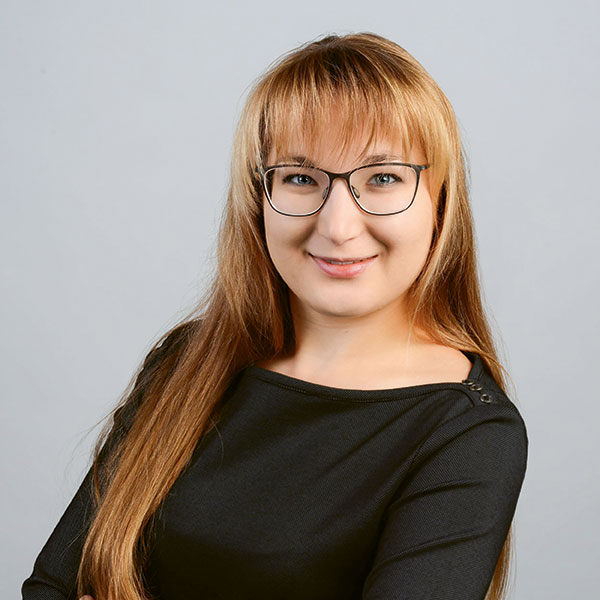Data hunters
Facebook tracks Internet users
Facebook uses its engagement buttons to collect data on users

Whether you ‘like’ or not, Facebook’s parent company Meta also stores profiles of people who don’t have a Facebook account. | Image: Josh Edelson/AFP/Keystone
The mere presence of Facebook’s engagement buttons (‘like’ and ‘share’) on a website allows it to collect crucial information for its online advertising. The web giant then creates ‘shadow profiles’ of Internet users, including metadata of the pages they visit. Web users don’t have to click on these engagement buttons, nor do they even have to have an account on the social network. The data harvested allows Facebook to improve its predictions concerning network users and to create more targeted ads. It may also be sold to third parties.
Scientists from the universities of Zurich, Lausanne, Yale and Berlin analysed the Internet searches of around 5,000 people in the United States over the course of a year to measure the magnitude of the phenomenon. “I was surprised by the extent to which Facebook uses these shadow profiles”, says Luis Aguiar, the first author of the study and an assistant professor of digital transformation management at the University of Zurich. “What is most surprising is that there is very little difference between Facebook users and non-users in terms of the proportion of monitored visits.
Their research shows that the Meta group monitors 55 percent of the sites visited by people with an account on the social network and 44 percent of those visited by others. These values are only marginally affected by age, education, or privacy sensitivity. Only the gender of the Internet user produces small differences: women are more monitored than men, a result that may be due to a difference in the sites consulted.
Engagement buttons are not the only technology used to gather data on Internet users. Other techniques are continually being developed to circumvent regulations aimed at protecting privacy.
L. Aguiar et al: Facebook Shadow Profiles. DIW Berlin Discussion Paper No. 1998 (2022).




